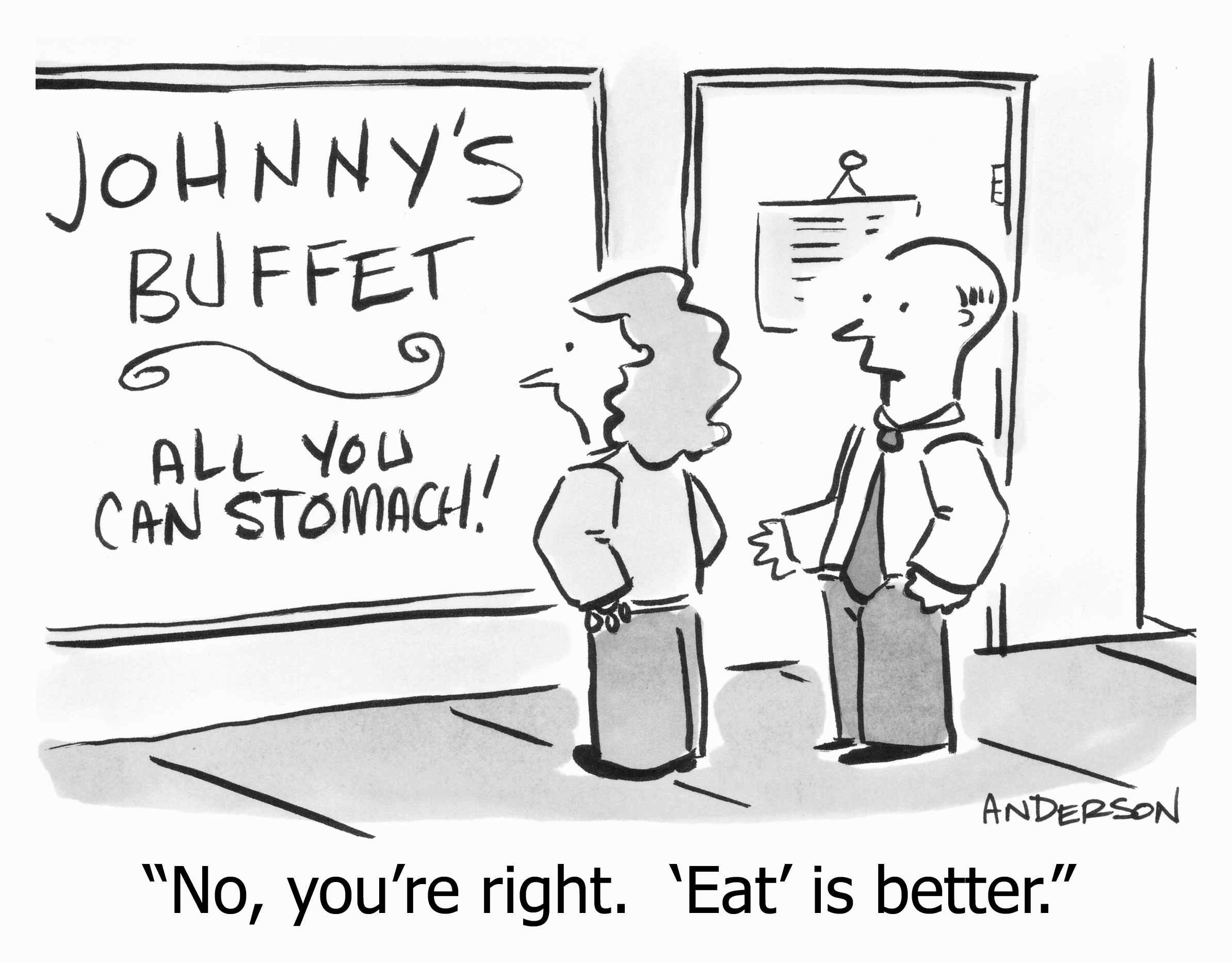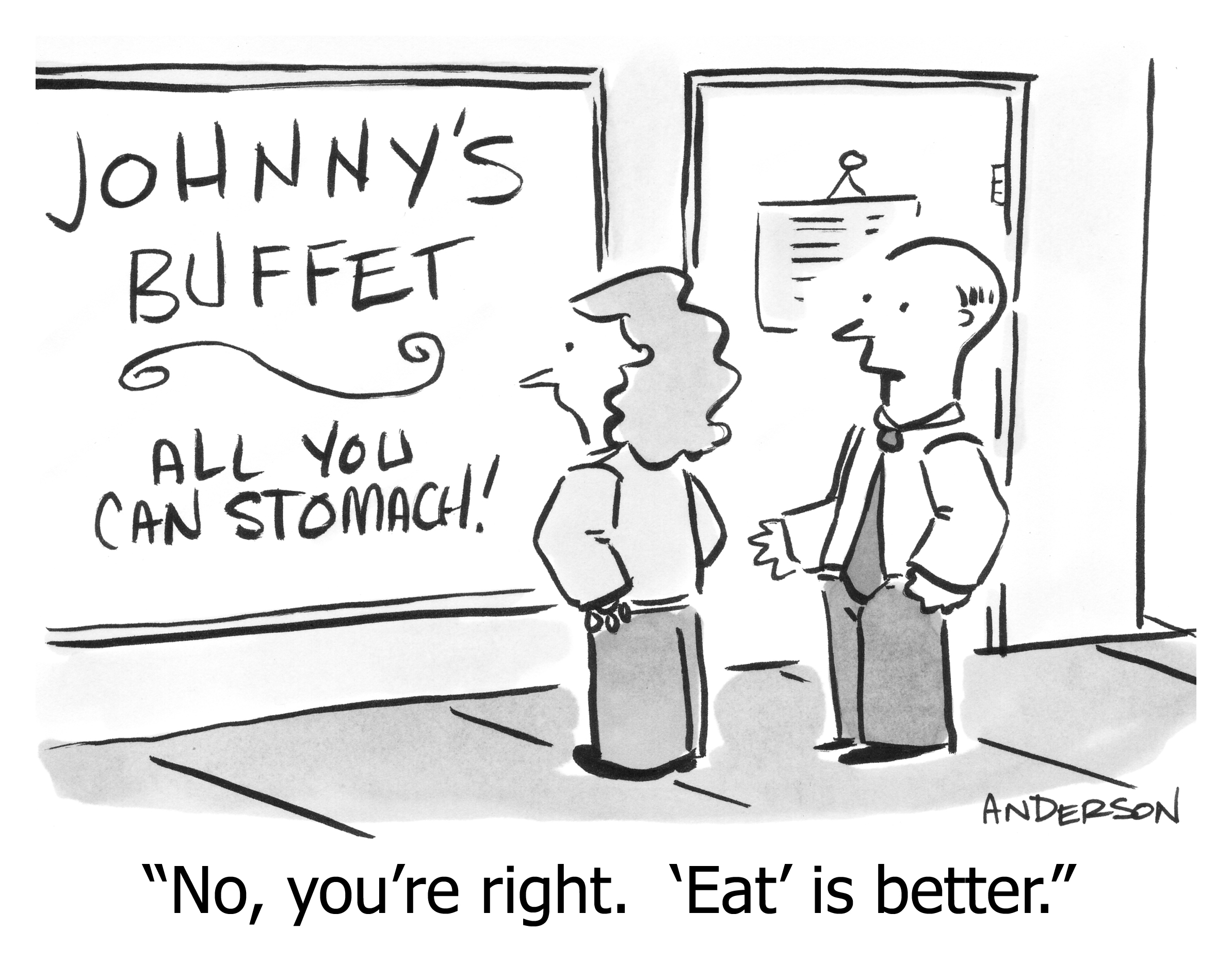Solving the Low-Budget Online Marketing Dilemma
Stop me if you’ve heard this one:
Your bootstrapped startup is finally off the ground. You’re able to spend $6000/mo on AdWords to drive leads. Sure the conversion rates could be better, and sure it’s not the best ROI on Earth, but on the balance it’s making money.
You don’t have a huge budget, but you can plough some of your winnings back into advertising.
You’ve heard banner ads don’t work well, but they’re cheap, so you start throwing $600/mo into an ad network and trust your web analytics to tell you whether it’s working. The jury is still out, but it’s not looking good—there’s been only two signups in the first month. Maybe your ads suck?
You’ve heard affiliate programs can work wonders, so you sign up with an affiliate provider and figure you can afford to pay $50 per signup. A hundred affiliates take the bait, but two months later, half of them haven’t sold anything, and most of the others have sold only once. Two are producing five signups a month, and it’s only cost you $1000 so far, so it’s not all bad, but it’s not moving the needle.
So now what? Should you work on optimizing AdWords since they’re working, or optimizing banner ads since they’re not working? Should you cut off the affiliate program since it’s a waste of time, or redouble your efforts in affiliate management? Should you optimize these existing channels or try to find a new, more productive channel?
These aren’t hypotheticals—I talked to no fewer than four startups in the past few months in exactly this position, with these advertising channels, with about the same costs. And my own company WP Engine wasn’t dissimilar two years ago.
How can you tell what’s eventually going to work? Maybe you can’t.
Here’s some tips:
“Maximum inventory” is the answer to “Should I optimize?”
A common question is: “Should I spend more time optimizing AdWords? Or find more keywords? Or focus on another marketing campaign completely?” A common—and unacceptable—answer is “It depends.”
I approach it as a matter of inventory. In advertising, “inventory” means “all of the available advertising space.” In a magazine, that means the total square centimeters of space allocated to the adverts.
In AdWords, that means the maximum clicks you can get across all relevant keywords. If you’re the #1 spot for a keyword, you’re already getting the maximum number of clicks for that keyword, and therefore you’re already at the maximum available inventory. (Of course there’s more inventory for other advertisers, but AdWords allows you only one slot, so this is the maximum available to you.)
So, how much additional inventory is available for you in AdWords? If you’re in lower spots for most keywords you care about, or if there are other keywords you’re not yet bidding on, there’s probably a lot more inventory you could be taking. That implies it’s wise to optimize—there’s more sales for you there, and it’s easier and cheaper to optimize an existing campaign than to start up a new one. You might even experience some cost savings (per signup) as part of your optimization—bonus!
If you think there’s 2x or more inventory you could go get, I say go get it.
However, that’s not the case for us at WP Engine. At the instant of this writing, we’re the #3 spot on AdWords and the #3 organic spot for “WordPress Hosting” which is one of our most important keywords, and #1 for “Managed WordPress Hosting” which is perhaps our most accurate keyword. And traffic on related keywords diminishes quickly and therefore improving on those is even less interesting.
We don’t have a lot of inventory left. We believe less than 2x. Therefore, even if we spent tons of money on human analysis and were willing to lose money on every sale, it still wouldn’t be an area of significant growth for us.
Once you approach inventory limits, you need to find other campaigns which can double your business.
No benefit of the doubt
When you try a new campaign and it utterly fails, the temptation is to keep spend low and optimize. You think:
I might be just a clever turn of phrase or an eye-catching design away from changing that click-through rate from 0.1% to 1.0%, and then I can ramp up spending and have a new advertising channel.
After all, this same messaging worked great on AdWords, so I know it’s reasonably well-tested. Something small is probably holding me back.
And I recognize my marketing prowess with this company is nascent, so of course campaigns will suck at first but improve with iteration. So let’s iterate!
I’ve found that this line of thought is usually wrong. I don’t have data to give you, it’s just been my experience.
Thinking about the 100+ campaigns I’ve been a part of in the past 11 years at Smart Bear and WP Engine, the ones that were bad out of the gate tended to stay bad.
Maybe it’s because by the time you get to the third campaign your messaging is pretty good, so an early failure means it’s a bad channel rather than a bad message. Maybe it’s because iteration gets you incrementally better but not drastically better and therefore can’t save a fundamentally bad channel. Maybe it’s because a failure is an indication that you don’t understand the channel at all, a condition that simple iteration won’t remedy.
In any case, cut out early and go find another channel.
Website trumps all
Optimizations you do on your website are more valuable than those you do on individual marketing campaigns. The reason is obvious in retrospect: all marketing campaigns lead there! So a 10% improvement in bounce-rate off your pricing page means 10% more revenue across all campaigns: paid, organic, and word-of-mouth.
Landing-page optimizations can also be shared. The exact text can’t, but often you can cross-apply a layout that increases click-through rate, a form that captures an email instead of signing up directly, or a message to one customer segment that happens to flow through multiple marketing campaigns.
Often an early-stage startup has large-effect optimizations lurking all over its website. Maybe the testimonials or demo page is missing, or not compelling, or you realize testimonials need to be on all pages, or a long-scrolling, well-designed home page triples click-through rates, or you didn’t have a strong call to action, or the pricing page was confusing, or your main hook and product description was turning people away.
Only look for large effects
When you’re small, almost no data you have is statistically significant. Therefore, most variation you see is due to random fluctuations, not real results, even if you’re using one of those tools which supposedly helps you with the statistics.
Here’s a quick video I made, that explains why this is the case, including a fun puzzle (see if you can solve the puzzle before the video does):
The punchline is that you should be seeking only large effects, not incremental improvements.
If you’re getting one sign-up a day, a “10% improvement” still means one sign-up a day. You need two signups a day. You’ll know if you get a change that drastic! Those are the only important changes.
Changes must be drastic, but also based on a theory, not “throwing shit at the wall.” Otherwise your A/B tests will be wrong even with a positive result.
Low-budget advice only
Finally, as the title suggests, this is advice for low budget online marketing. Large budget marketing is completely different. You try as many channels as possible, as fast as possible. You hire experts in the hope that it will accelerate or de-risk the effort. You find the ones that work quickly, then immediately ramp to full inventory. For channels like affiliate programs where you can’t just “write a big check” and make them work, you develop an entire team to extract as much value as possible. The fact that you burn a lot of cash on things that don’t work out is exactly the trade-off you want.
Accelerated (cash) burning for accelerated learning. Good work if you can get it!
VC-funded companies should do this; it’s a way to spend money to grow faster. Even bootstrapped companies might be able to do this if they adopt annual pricing.
But if you’re cash-strapped, use inventory limits to decide whether to flog a channel, get out of bad channels quickly, optimize your website before optimizing channels, and don’t get excited by tiny, immeasurable results.
https://longform.asmartbear.com/low-budget-marketing/
© 2007-2026 Jason Cohen
 @asmartbear
@asmartbear ePub (Kindle)
ePub (Kindle)
 Printable PDF
Printable PDF









